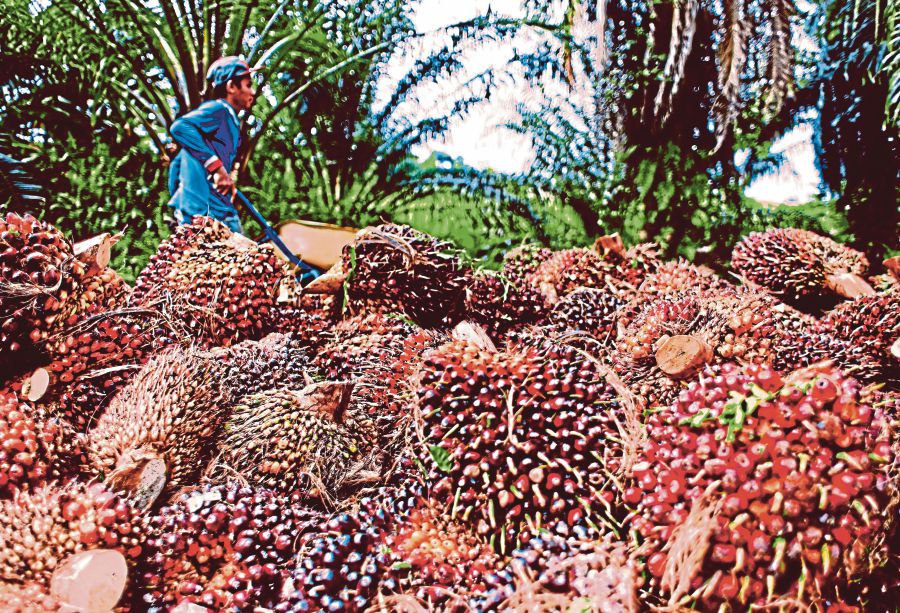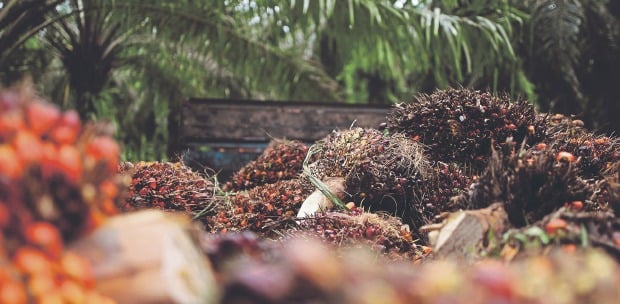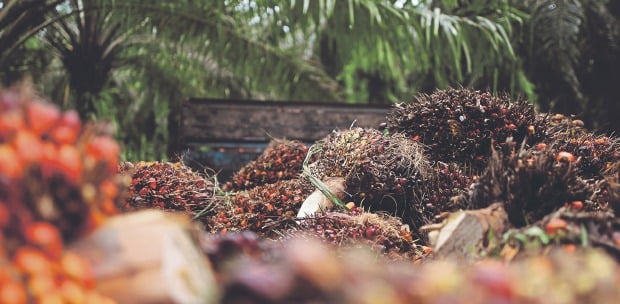THE time is ripe for Malaysian palm oil producers to seize the untapped the potential found in the biomass industry, which is set to be a game-changer for the country in the coming years.
The country's palm oil industry churns out millions of tonnes of oil palm biomass yearly which that can be turned into hydrogen by breaking down the carbon and hydrogen molecules.
This transformative venture is poised to materialise within the next three years, propelled by several preliminary attempts between Dongguan University of Technology and the Malaysian Palm Oil Board (MPOB). The effort presents a golden opportunity to convert this abundant waste into hydrogen.
This potential strategic partnership not only aligns with the global push for sustainable practices but also positions Malaysia as a pioneer in leveraging its key industry waste using cutting-edge solutions.
Hong-Kong based Dongguan University of Technology and MPOB are in the midst of formulating a collaborative plan to develop big-scale hydrogen production in Malaysia.
Dongguan University of Technology Top Talent Prof Jonathan W.C. Wong said Malaysia, being the second largest global producer of palm oil, had an important role to play.
He said a significant amount of oil palm biomass would be generated with the industry's growth, leading to the problem of waste.
"Biomass such as oil palm trunks and fronds can be turned into biogas. These are the two big potential biomass sources that have not been tapped currently.
"If we can utilise these resources in the oil palm industry, hydrogen can be produced and added to the supply chain," he said during his presentation on "Value Addition from Waste Biomass: A Circular Economy Approach" at the MPOB International Palm Oil Congress and Exhibition 2023 (PIPOC 2023) last year.
He said Malaysia would have to first come up with a biomass reactor that could generate hydrogen.
"If we can apply our technology in Malaysia, palm oil producers can use it to generate hydrogen for the biomass industry.
"Currently, we are using a small reactor in the lab because our technology requires a high-pressure condition. The most common and favourable thermochemical process to produce hydrogen is the gasification process in fluidised bed reactors.
"To assess its efficiency on a larger scale, we will need a larger reactor. We can collaborate with MPOB to construct a large-scale reactor to carry out trials. If that is successful, we can then proceed with commercialisation."
Wong said in the future, hydrogen plants would be built next to either an oil palm plantations or palm oil mills.
However, despite the potential of hydrogen production from oil palm biomass in the production of hydrogen, the high initial capital investment and lack of proven technology have discouraged investors.
According to his findings, an integrated biogas and wastewater treatment system in a typical 60 tonnes per hour mill in Malaysia can export up to an average of 1.9MW of electricity.
An integrated biogas and wastewater treatment system reduces greenhouse gas (GHG) emissions by 50,430 tonnes of carbon dioxideCO2 per year, compared to the typical open ponding system.
In comparison to cur rent hydrogen production methods that rely on coal or natural gas, this biomass-based approach offers cost advantages and environmental benefits.
By using biomass waste powder such as bamboo, waste wood and wheat straw as a raw materials, the hydrogen production yield can reach about 88 per cent of the theoretical yield.
The hydrogen production cost of this technology is lower than that of fossil fuel hydrogen production, and will not bring additional carbon emissions.
Waste biomass valorisation will be a major direction for future energy and bioproducts.
The proposed carbon-energy provided a systematic approach to extract energy trapped in waste biomass, said Wong.
The bio circular economy is important for the palm oil industry in reducing waste generation, and increasing incomes and moving towards the commercialisation of some of the technologies.
On another matter, Malaysia Biomass Industries Confederation (MBIC) president Datuk Leong Kin Mun said feedstock owners were encouraged to unlock the biomass potential ofas commoditised and high-value niche products by lever-aging government incentives.
The biomass industry includes biofertilisers, fuel pellets, bioelectricity, soil erosion control products, mushroom farming and even black soldier fly.
Malaysia generates more than 90 million dry tonnes of solid oil palm biomass in various forms, including empty fruit bunches, palm kernel shell, mesocarp fibre, oil palm trunks and oil palm fronds.
Leong said it was the right timing for stakeholders like feedstock owners, technology providers and offtakers to look into the biomass industry as many companies were embracing environmental, social and corporate governance (ESG) initiatives, especially on GHG emission reduction, to clean the supply chain.
"The stakeholders need to come up with good business strategies to develop a biomass industry model as there is huge potential in this industry that has yet to be optimised," he said.
"Investment incentives can be structured and enabled to facilitate joint-venture investment between palm oil mill or oil palm plantation companies and biomass technology companies or innovators.
"The concept of cascading use of biomass should be applied to assess the best circular economy model of these biomass. This is to ascertain the best sustainable development benefits in terms of GHG emission reduction, monetary value as well as social economic development."
The 12th Malaysia Plan has outlined an investment target for biomass as a strategic sector, with expected significant contribution from oil palm biomass and forestry biomass due to their more mature ecosystems as well as large amounts of feedstock, which have been used for the ongoing commercialisation efforts.
The estimated availability of oil palm biomass (dry weight) based on FFB production was 90.53 million tonnes last year, with a total in vestment of RM222.9 million in biomass industry, he said.
Leong added that facilitation from the government was needed to unlock biomass feedstock from the plantation and milling operations.
He pointed out the opportunities of selling biomass products to other countries and stressed how this could be linked to the worldwide eco-friendly supply chain, like selling palm pellets.
The decarbonisation of Malaysia's electricity sector is primarily propelled by pellets from empty fruit bunches, with biomass co-firing implemented at utility-scale plants like Tenaga Nasional Bhd and Malakoff Corp Bhd.
This initiative aims to significantly reduce GHG emissions in Malaysia. The low-carbon business model, considered as a game changer, is facilitated and support ed through government intervention.
Additionally, the Malaysia Sustainable Palm Oil chain of custody for oil palm biomass was established, particularly for the Japanese feed-in tariff market, said Leong.





